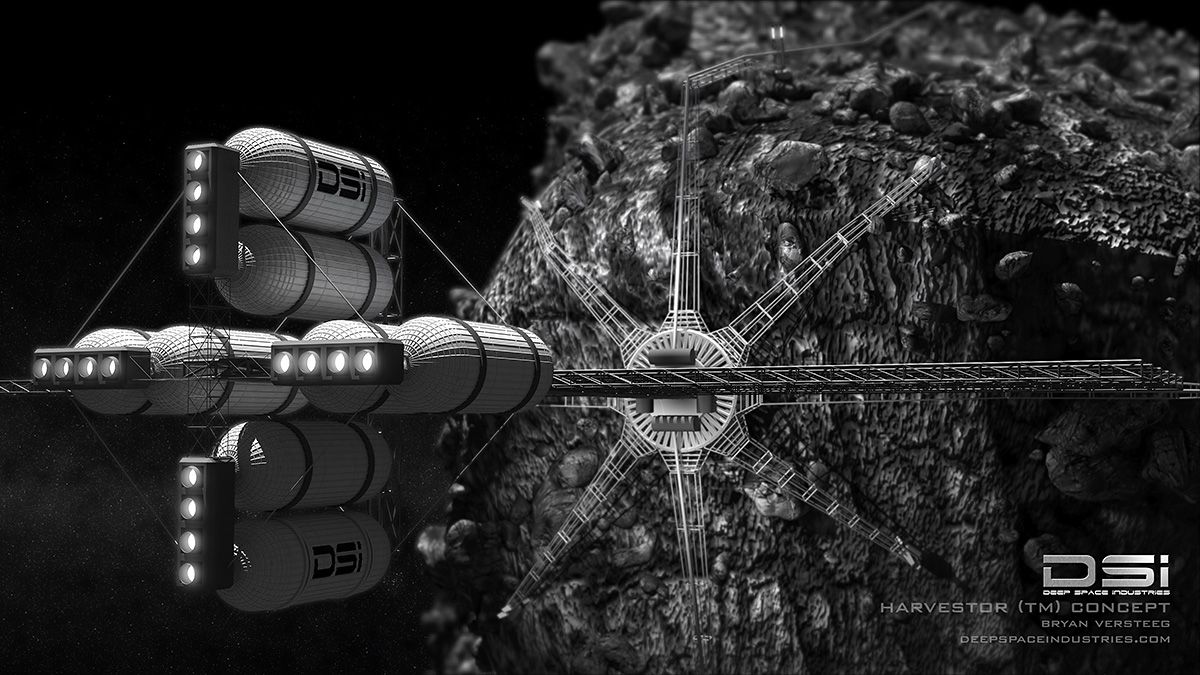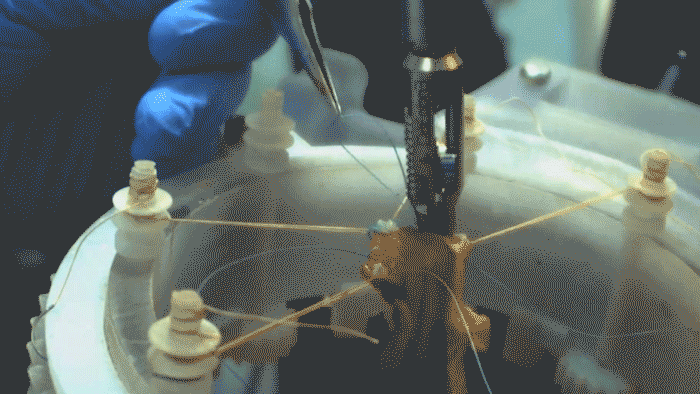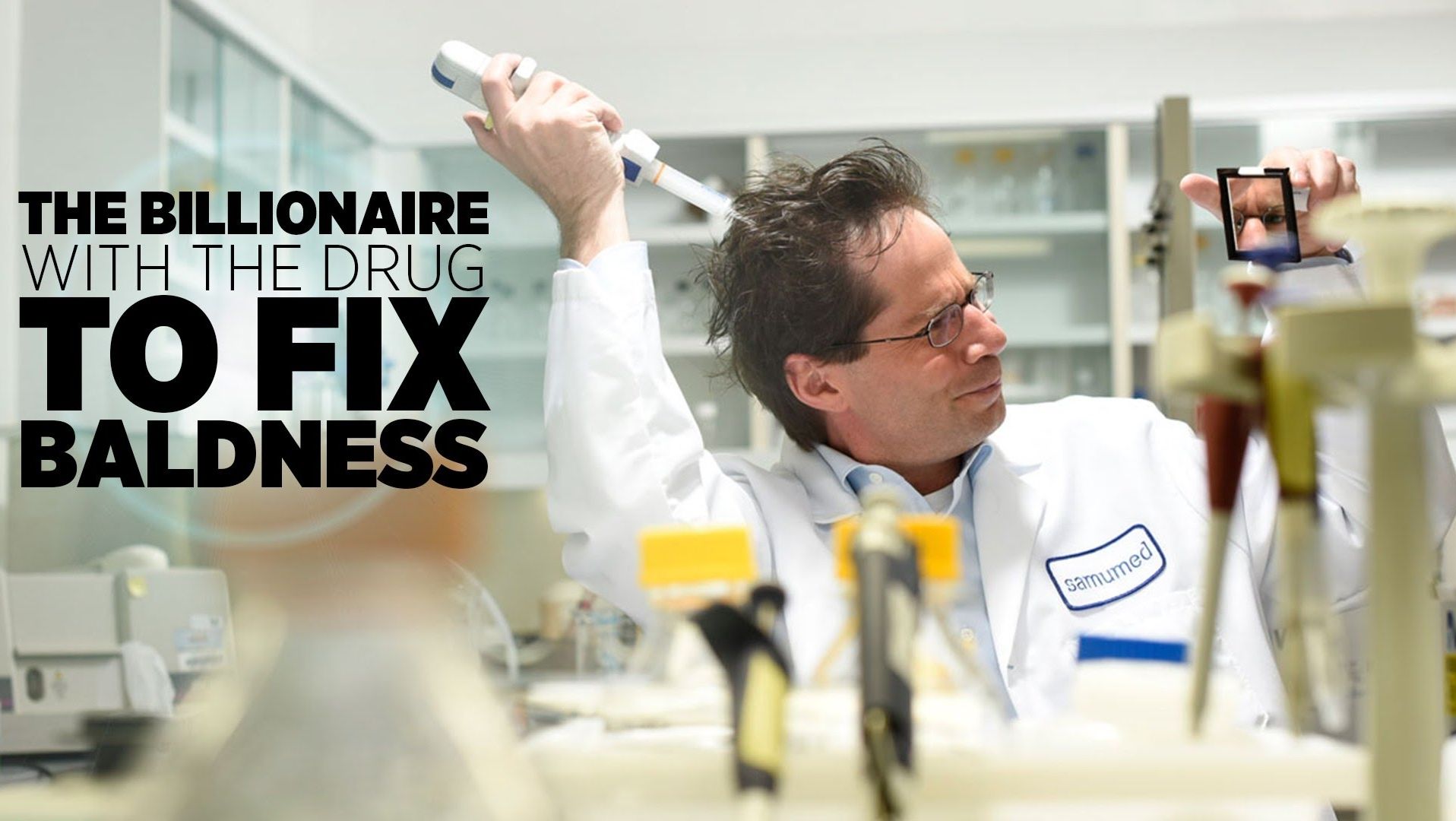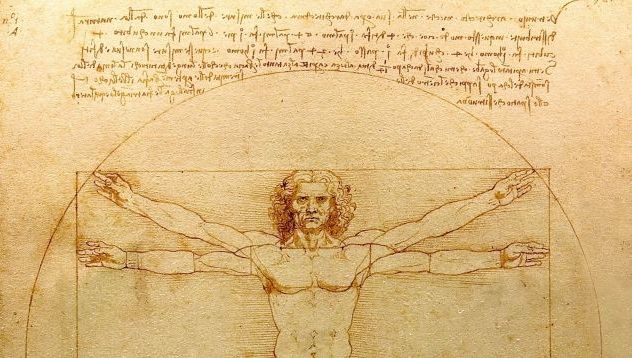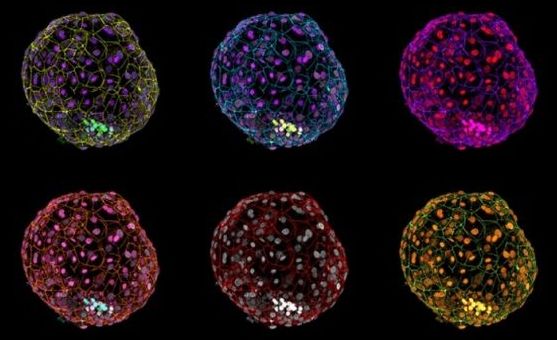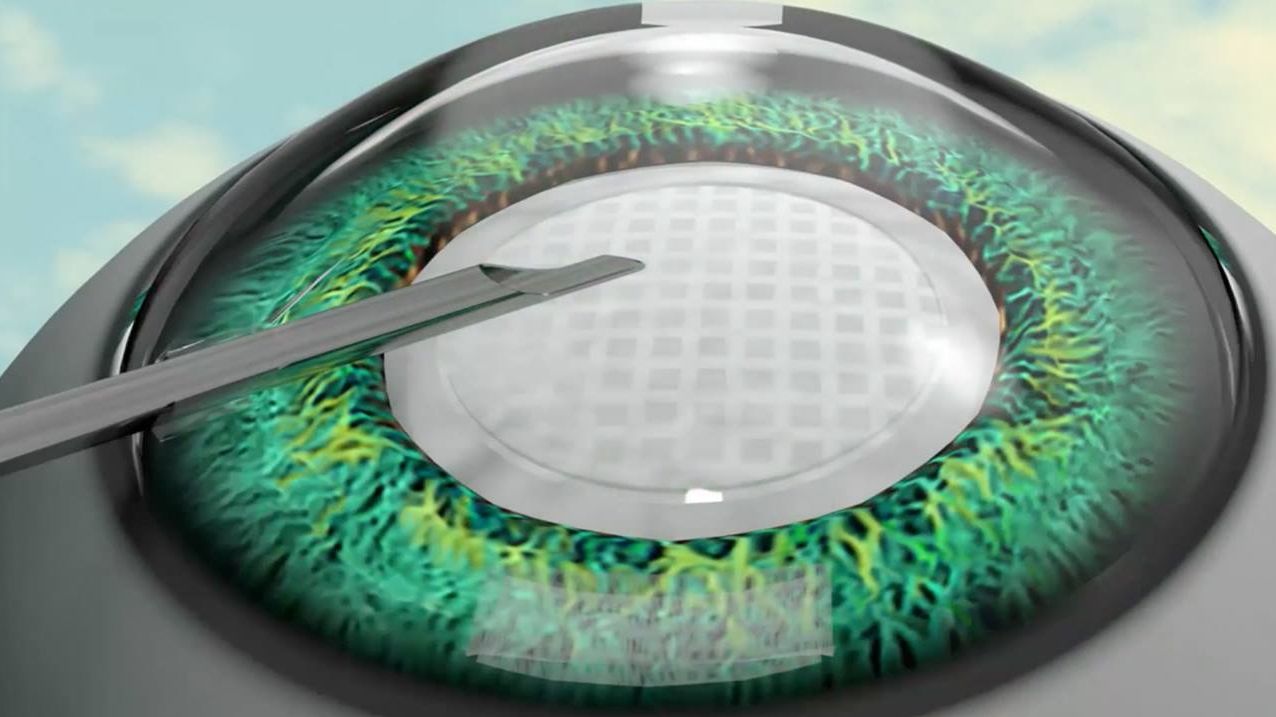Deep Space Industries, the asteroid mining company, has signed a Memorandum of Understanding with the Luxembourg Government to co-fund the development and launch of DSI’s first spacecraft. Known as Prospector-X, the small spacecraft will test key technologies in Low Earth Orbit that will be necessary for future asteroid prospecting.
The debate over which bathroom transgender people can use has been taking over the Internet and our social conversations for weeks now, and it’s getting a bit ridiculous. Transgender people have always used the bathroom that they feel comfortable with, whether it’s the bathroom that belongs to the sex they were born with or not, and there have been no problems.
In the heat of this debate, Americans are not only divided on the issue but collectively distracted from bigger, more important issues, such as the fact that there are three nuclear disasters occurring throughout the nation that have been getting no media attention.
One major disaster that will soon come to head all started with a fire at the Bridgeton Landfill in Missouri that has been burning for five years. Despite this extremely long length of time, authorities say that this fire is nowhere close to being contained. What’s more is that St. Louis County officials have reported that they have an emergency plan in place because the fire is closing in on nuclear waste dump.
Autonomous robot surgeon prototype stitches pigs’ colons better than human and human-assisted robot surgeons:
In his proof-of-concept study, the STAR system stitched together two parts of a pig’s colon. The researchers likened this task to reconnecting a cut garden hose—and just like the hose, if the stitching is done imperfectly, the colon can be prone to leaks that can be life-threatening. Using the vision system and a pressure sensor at the end of the robotic arm, the STAR tool automatically placed sutures in the tissue to reconnect it, both in tissue in the lab and inside living pigs. The researchers then compared the STAR’s performance to that of a surgeon performing the same task with a laparoscopic tool as well as a robot-assisted surgery in which the surgeon controls the robot.
Comparing the uniformity of the sutures, number of mistakes and the highest pressure that the tissue could withstand without leaking, the STAR system performed better than the human and the human-directed robot. None of the living pigs had any complications from the operations.
Welcome to the age of autonomous surgery.
The more da Vinci’s the better, if you ask me!
An international team of scholars has just unveiled plans to science the shit out of Leonardo da Vinci, the man who gave us the Mona Lisa and envisioned futuristic technologies like helicopters and tanks 500 years ago. Goals of the fledgling “Leonardo Project” include recovering the famous Renaissance figure’s remains and reconstructing his genetic code.
The Leonardo Project brings together geneticists, genealogists, archaeologists, and art historians from Italy, Spain, France, the United States and elsewhere. “This is a fabulous, interdisciplinary project,” said Rhonda Roby, a geneticist at the Craig Venter Institute in California, who will be contributing its expertise in genomic reconstruction to the effort.
By examining everything from paintings and notebooks to the DNA of living relatives, the team hopes to glean new insights into Leonardo’s life, diet, physical appearance, and genetic predispositions. If they’re very lucky, the researchers may be able to reconstruct most or all of Leonardo’s genome.
The Eta Aquarid meteor shower is tonight, and it’s going to be a spectacular show. Here’s how, when, and where to watch the Eta Aquarids—and why they’ve been so unjustly ignored for so long.
The Eta Aquarids are a late spring meteor shower made up of the icy debris of Halley’s Comet. The comet is actually responsible for two separate meteor showers a year—this one and the Orionids, which occurs in October.
The Orionids are typically overshadowed by the Eta Aquarids, but that shouldn’t be seen as a judgement on the latter’s quality. All it means is that people have been sleeping through a really excellent meteor shower for no good reason. Tonight is your chance to rectify that.
So, I did get my acceptance to the IBM Quantum experience this morning. ANd, as part of their disclaimer they did state it was only a preview version which was good; and noted that there maybe bugs/ glitches and to notate them. So kudos to IBM for properly managing expectations.
IBM’s Zurich Laboratory has made its five-bit quantum computer available to researchers through a cloud service.
The researchers at IBM have created a quantum processor, made up of five superconducting quantum bits (qubits).
IBM said users will be able to access the technology with a desktop or mobile device through a cloud-enabled quantum computing platform.
Scientists have sustained human embryos in a petri dish for 13 days, shattering the previous record of nine days. The breakthrough will allow researchers to study early fetal development in unprecedented detail, and brings us one step closer to viable “artificial wombs.” But it’s adding fuel to an already heated ethical debate.
Two separate papers published this week, one in Nature and one in Nature Cell Biology, have reported culturing human embryos for nearly two weeks, going well beyond previous efforts. There’s no reason to believe that the embryos couldn’t have survived beyond the two-week mark, but the experiment had to be halted to adhere to the internationally agreed 14-day limit on human embryo research.
http://io9.gizmodo.com/how-to-build-an-artificial-womb-476464703
Internet Contact Lenses
Posted in internet
